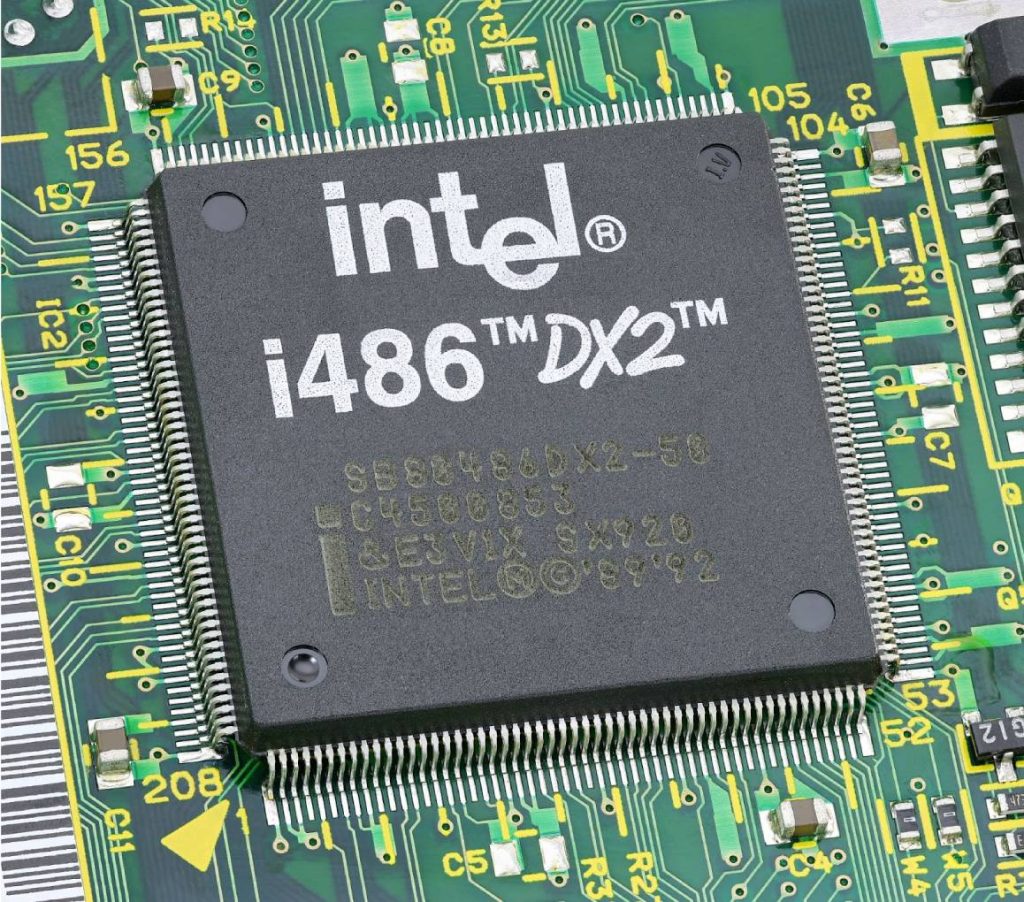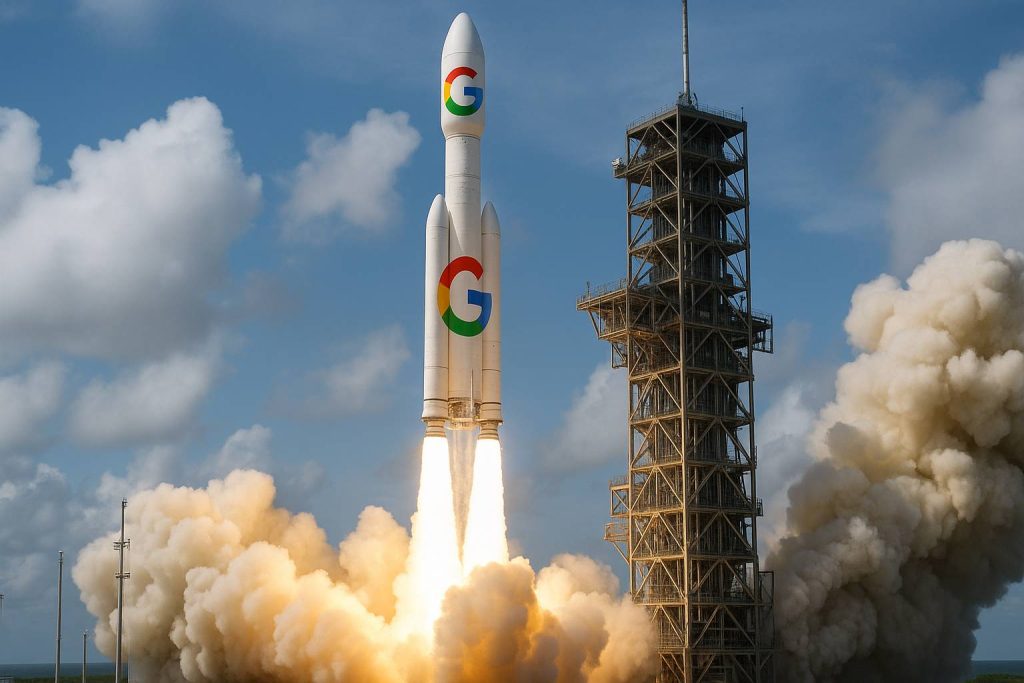Intel’s Stock Surge and Dip: Stability with Investment-Grade Automobiles
Even after a historic $5 billion investment from Nvidia ($NVDA) last week, Intel’s ($INTC) semiconductor manufacturing challenges persisted, demonstrating how fundamental operational problems in technology companies can overshadow even the most substantial capital injections and strategic partnerships. Nvidia’s investment does little to solve what is arguably Intel’s biggest problem: how to fix its ailing contract chip manufacturing business, according to Yahoo Finance analysis, highlighting why sophisticated investors require portfolio diversification beyond semiconductor sector concentration risks.
The strategic investment from Nvidia, which sent Intel shares soaring 22.8% in their best single-day performance since October 1987, provided temporary market validation while failing to address Intel’s core operational challenges in chip foundry services and manufacturing efficiency. This disconnect between short-term market reaction and underlying business fundamentals reinforces why discerning investors seek asset classes that appreciate through tangible scarcity and proven demand rather than depending on complex technology partnerships and manufacturing turnaround strategies.
This Article Covers:
- How Intel’s persistent manufacturing problems highlight semiconductor investment risks
- Why even major strategic partnerships cannot guarantee technology sector recovery
- The concentration risks created by semiconductor industry operational dependencies
- How collector car investments provide stability during technology manufacturing volatility
- Why MCQ Markets offers institutional access to assets independent of chip manufacturing cycles
Intel Manufacturing Crisis: Nvidia Partnership Limitations and Market Reality
The investment structure provided Intel with immediate capital through Nvidia’s purchase of shares at $23.28, approximately 4% below market price at announcement, while establishing a multigeneration partnership for AI chip development. However, what those deals fail to provide is a big customer that can get Intel’s expensive chip plants operating near full capacity, according to Bloomberg analysis, highlighting how financial partnerships cannot substitute for fundamental manufacturing competitiveness.
Intel’s foundry business represents the company’s most significant operational challenge, requiring massive capital expenditure for equipment upgrades, process node development, and yield improvement initiatives that extend across multiple-year timelines. The company’s inability to compete effectively with TSMC’s advanced manufacturing processes has resulted in major customers including Apple, Nvidia, and AMD sourcing production elsewhere, creating a structural demand problem that financial investments alone cannot resolve.
The semiconductor manufacturing crisis extends beyond individual company performance into broader supply chain dependencies and geopolitical considerations that affect entire technology sector valuations. Intel’s struggles demonstrate how operational challenges in critical technology infrastructure can persist despite government support, strategic partnerships, and substantial capital injections, creating systematic risks for semiconductor-focused investment portfolios.
Semiconductor Industry Operational Risks: Portfolio Concentration Concerns for Technology Investors
Intel’s persistent manufacturing problems despite Nvidia’s $5 billion partnership revealed critical insights about operational risks within semiconductor industry investments and technology-focused portfolios. The disconnect between immediate stock price appreciation and underlying foundry business challenges highlighted how financial partnerships and strategic announcements can create temporary market optimism while fundamental operational problems remain unaddressed.
Semiconductor manufacturing represents one of the most capital-intensive and technologically complex industries globally, requiring continuous multi-billion dollar investments in fabrication equipment, research and development, and process innovation to maintain competitive positioning. Intel’s foundry struggles demonstrate how operational challenges in semiconductor manufacturing can persist across multiple business cycles, creating sustained performance headwinds that strategic partnerships cannot immediately overcome.
The industry’s operational dependencies create portfolio concentration risks that extend beyond individual company performance metrics. Semiconductor manufacturing requires specialized equipment from limited suppliers, rare earth materials subject to geopolitical supply chain disruption, and enormous facility investments that cannot be easily relocated or repurposed. These structural characteristics create systematic risks that affect multiple companies simultaneously during industry downturns or supply chain disruptions.
According to recent analysis, shares of Intel are flying this week, up 27% following the Nvidia partnership announcement, demonstrating how semiconductor stocks can experience dramatic short-term volatility based on strategic developments that may not address underlying operational challenges. This volatility pattern reinforces the importance of alternative asset allocation strategies that operate independently of semiconductor manufacturing cycles and technology sector operational dependencies.
Alternative Investment Strategy: Collector Cars During Technology Manufacturing Volatility
Intel’s manufacturing crisis, persisting despite Nvidia’s historic $5 billion investment, reinforces why sophisticated investors seek asset classes that operate independently of semiconductor industry operational cycles and technology manufacturing challenges. Collector cars have emerged as a preferred alternative investment category, offering several advantages during periods when technology companies experience fundamental operational problems that strategic partnerships cannot immediately resolve.
Investment-grade collector automobiles provide critical portfolio benefits during semiconductor industry volatility:
Manufacturing Independence: Collector car values appreciate based on automotive heritage, production scarcity, and historical significance rather than chip foundry capacity utilization, semiconductor manufacturing efficiency, or technology partnership success rates that drive semiconductor sector valuations and create operational risk exposure.
Operational Certainty: Physical automotive assets represent completed manufacturing achievements with established provenance and documented performance characteristics, contrasting with semiconductor companies’ ongoing operational challenges, process node development risks, and manufacturing competitiveness uncertainties.
Supply Chain Stability: Classic Ferrari, Lamborghini, and McLaren appreciation operates independently of semiconductor equipment availability, rare earth material supply chains, or chip manufacturing geopolitical dependencies that create systematic risks across technology sector investments.
Tangible Asset Benefits: Rare automobiles provide immediate ownership satisfaction and driving enjoyment while building long-term value through scarcity recognition, unlike semiconductor investments that depend on complex manufacturing processes, yield improvements, and operational turnaround strategies with uncertain timelines.
The collector car market’s performance during previous technology sector operational challenges validates this diversification approach. During the 2015-2016 semiconductor industry downturn, when manufacturing overcapacity and operational inefficiencies created widespread sector underperformance, investment-grade collector cars maintained steady appreciation based on automotive excellence factors unrelated to chip manufacturing cycles.
According to Knight Frank’s luxury investment index, collector cars have generated 185% returns over the past decade, significantly outpacing semiconductor sector performance while demonstrating consistent appreciation independent of technology manufacturing operational challenges and foundry business volatility.
MCQ Markets: Professional Access to Manufacturing-Independent Investment Assets
While Intel investors navigate foundry business challenges and semiconductor manufacturing operational risks despite strategic partnerships, MCQ Markets provides sophisticated investors with access to collector car investments that appreciate independently of technology sector manufacturing cycles and chip industry operational dependencies. Our fractional ownership platform focuses on investment-grade automobiles whose values derive from automotive craftsmanship excellence and production scarcity rather than complex manufacturing processes requiring continuous operational optimization.
The collector car market’s independence from semiconductor industry challenges makes it particularly valuable for investors seeking portfolio diversification during technology manufacturing volatility periods. While chip companies experience operational challenges requiring multi-year turnaround efforts and uncertain success timelines, investment-grade collector cars continue appreciating based on factors completely divorced from manufacturing efficiency metrics. MCQ Markets provides technology investors with:
Manufacturing-Independent Assets: Collector car values remain unaffected by Intel foundry performance, semiconductor manufacturing capacity utilization, or chip industry operational turnaround success rates that create systematic risks across technology sector portfolios.
Operational Certainty: Expert vehicle authentication, provenance documentation, and condition assessment services ensure investment assets represent completed automotive manufacturing achievements with established quality standards and historical performance records.
Portfolio Stability: Zero correlation with semiconductor manufacturing operational cycles, chip foundry capacity challenges, or technology sector turnaround strategy success rates that create concentrated exposure to operational risk factors beyond investor control.
Professional Asset Management: Comprehensive storage, maintenance, and insurance services that operate independently of technology manufacturing supply chains, semiconductor equipment availability, or chip industry operational challenges affecting technology sector investments.
Our expertly curated portfolio includes vehicles like the ultra-rare 2012 Lexus LFA, representing one of only 500 manufactured examples with documented engineering excellence and completed production history, and classic Lamborghini Countach models that demonstrate consistent appreciation completely independent of Intel’s foundry business performance, semiconductor manufacturing efficiency, or chip industry operational recovery timelines.
The platform’s focus on investment-grade automobiles with established collector market recognition ensures portfolio appreciation derives from automotive heritage and scarcity rather than operational efficiency metrics, manufacturing process improvements, or technology sector turnaround strategies that create uncertainty and volatility in semiconductor industry investments.
Investment Outlook: Navigating Technology Manufacturing Risks Through Tangible Asset Diversification
Intel’s persistent manufacturing challenges despite Nvidia’s $5 billion strategic investment, characterized as insufficient to address the company’s foundry business operational problems, creates valuable insights for investors managing portfolio concentration risks in semiconductor and technology manufacturing sectors. The partnership’s limitations in resolving fundamental operational challenges demonstrate why building resilient portfolios requires assets that maintain value regardless of technology sector manufacturing efficiency or operational turnaround success rates.
This semiconductor manufacturing crisis reinforces fundamental investment principles about operational risk management and asset class diversification. When major strategic partnerships and substantial capital injections cannot guarantee technology sector operational recovery, the importance of uncorrelated asset classes becomes paramount for portfolio stability and long-term wealth preservation strategies.
The collector car market provides exactly this operational independence. Investment-grade automobiles appreciate based on automotive heritage, manufacturing excellence already achieved, and historical racing significance rather than ongoing operational efficiency metrics, manufacturing process improvements, or technology sector turnaround success rates that drive semiconductor valuations and create portfolio concentration risks.
MCQ Markets addresses technology manufacturing diversification needs by providing institutional-quality access to collector car investments through our proven fractional ownership platform. Our investment structure allows semiconductor-focused investors to participate in stable assets with established operational excellence while maintaining professional management and portfolio liquidity during technology sector manufacturing volatility periods.
As Intel continues addressing foundry operational challenges and semiconductor companies navigate manufacturing competitiveness requirements, collector car investments continue operating in markets driven by completed automotive achievements and established scarcity rather than ongoing operational efficiency demands. This fundamental operational independence makes investment-grade automobiles particularly valuable for investors seeking portfolio stability during periods of technology manufacturing uncertainty and semiconductor industry operational risk exposure.





